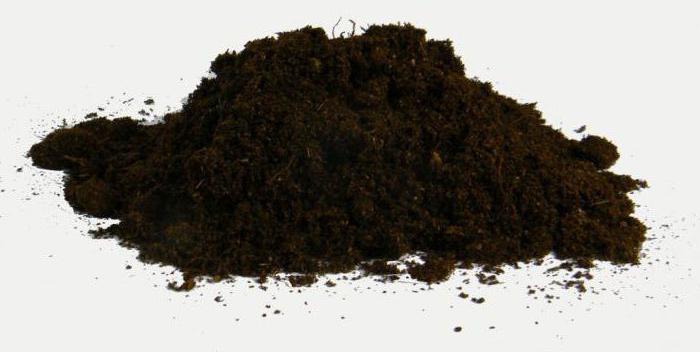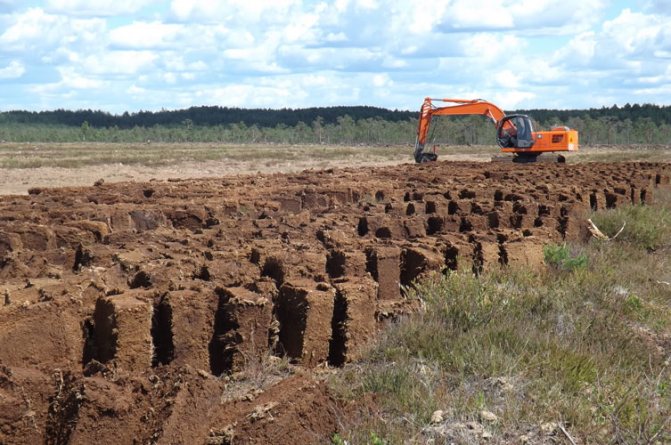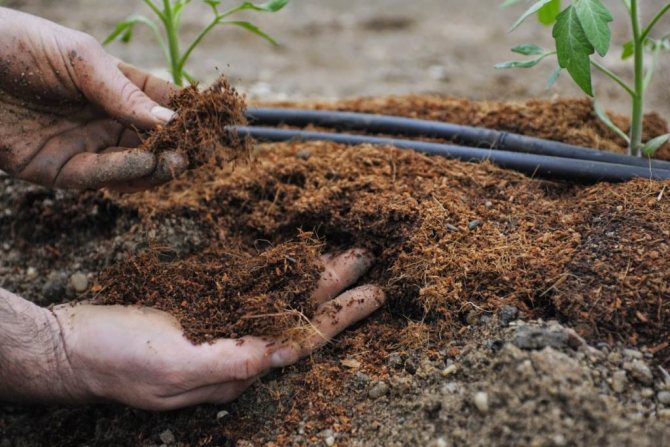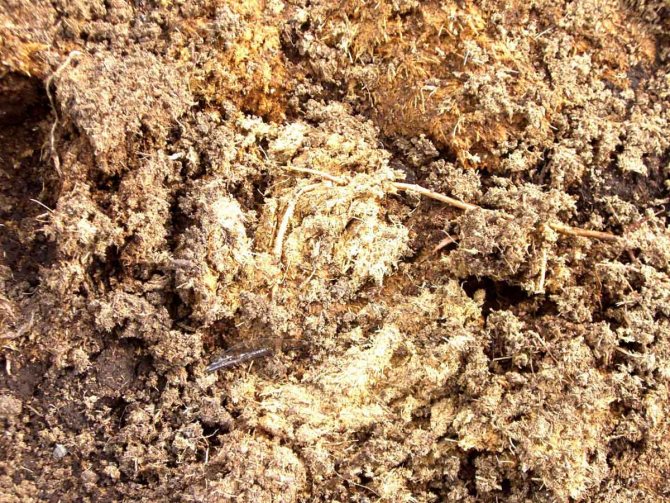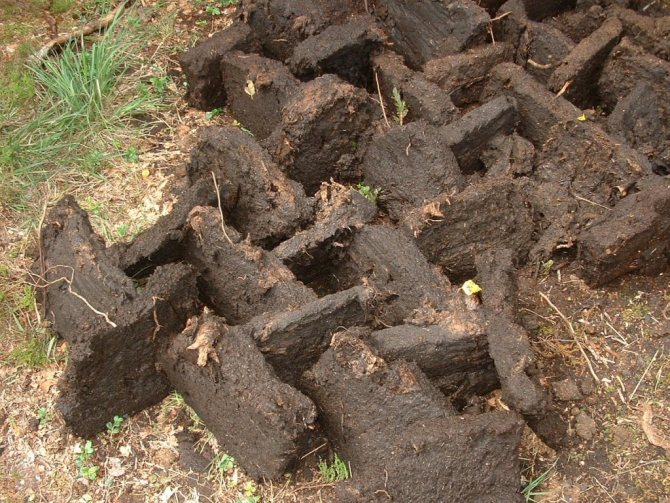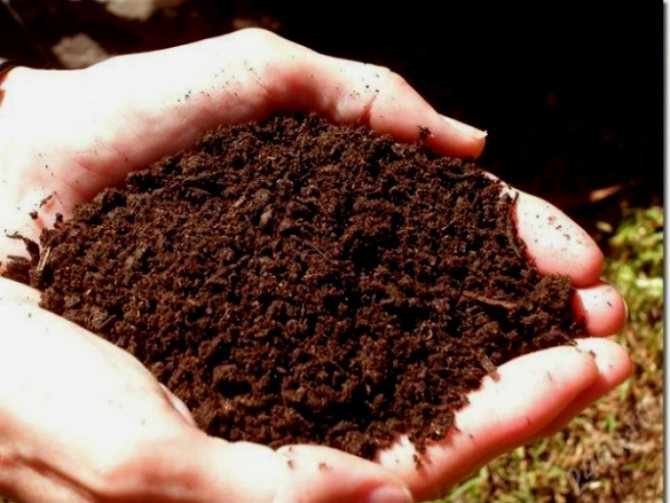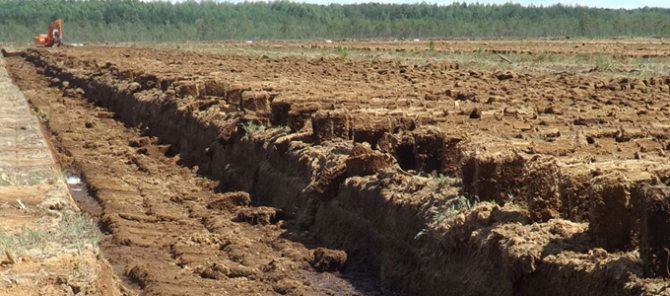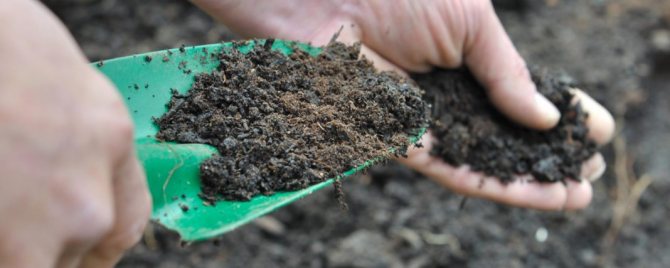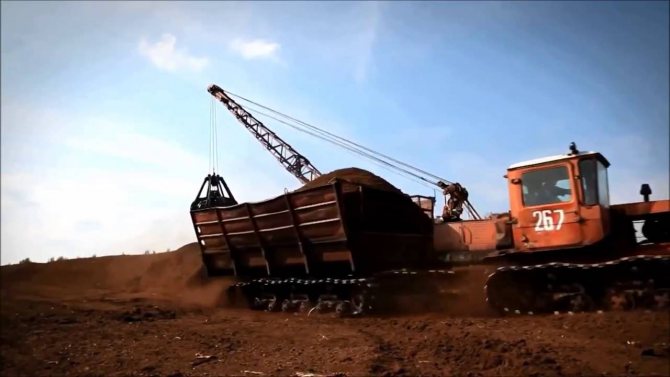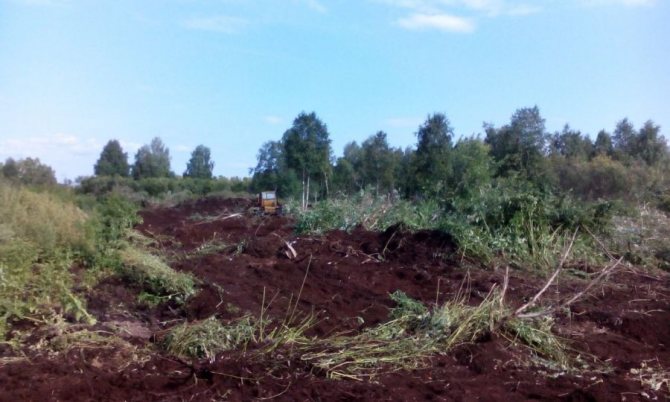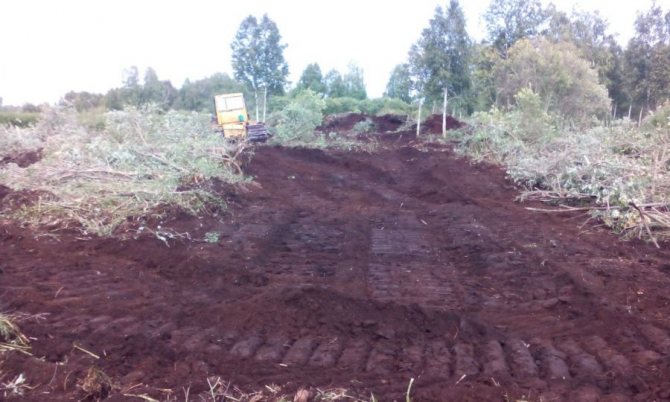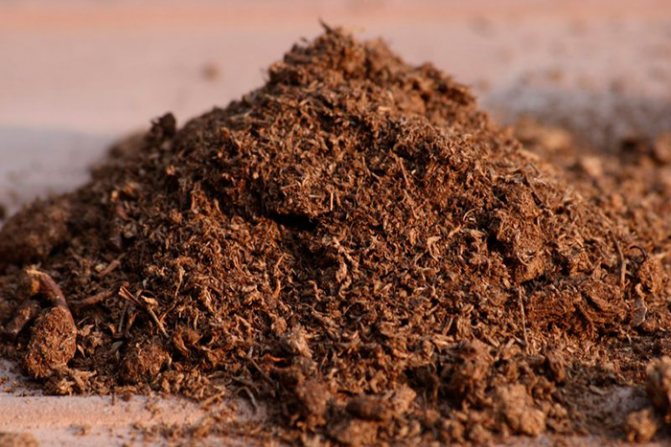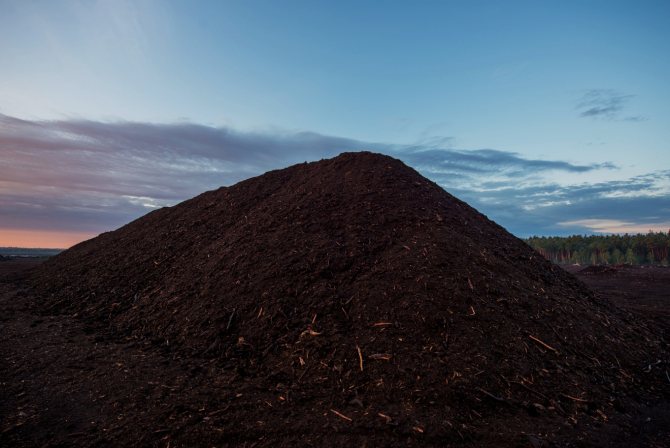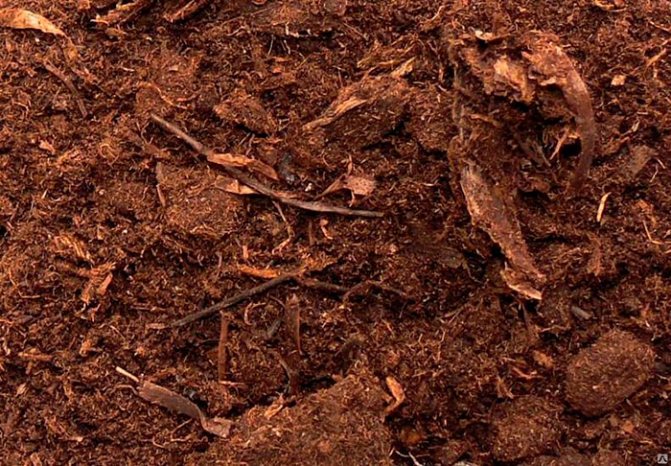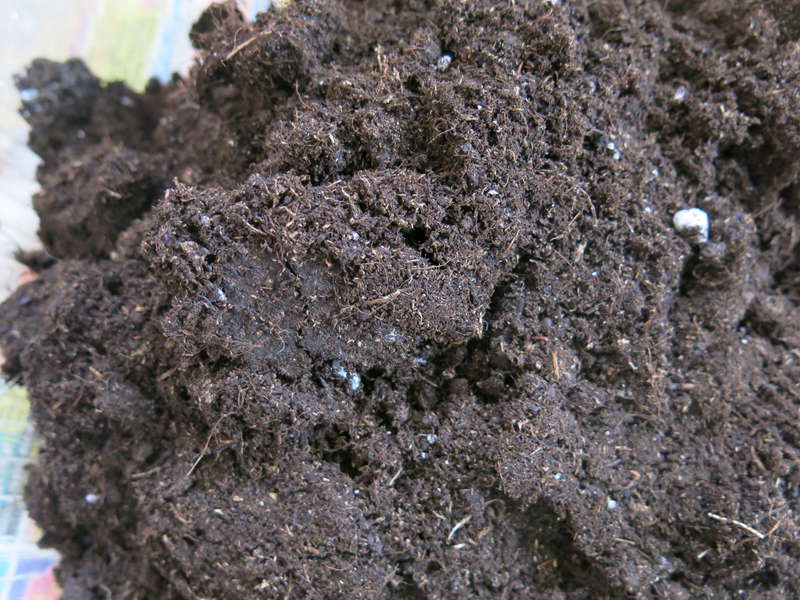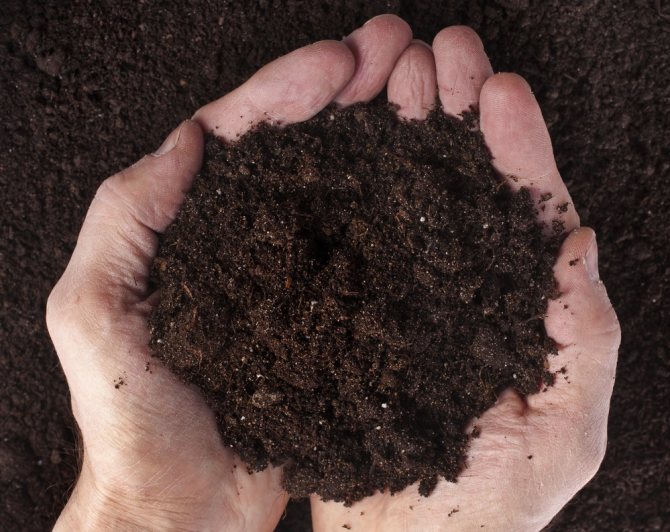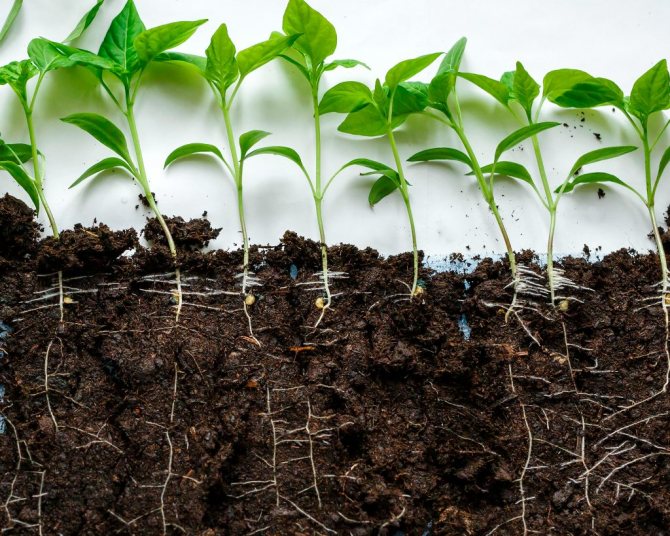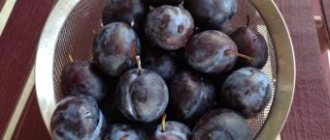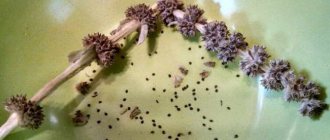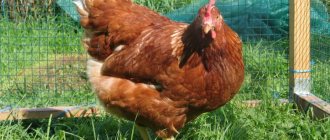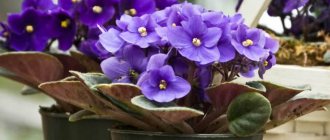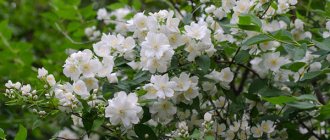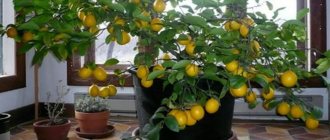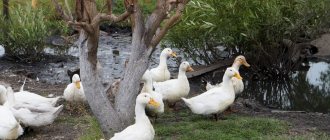Why do I use peat in my garden
Peat is the name for decayed, naturally compressed remains of flora and fauna. Such a substrate is formed in a natural way - in swamps with a simultaneous high humidity and minimal oxygen access. It is known as a fuel oil, insulation material, and garden fertilizer.
For us, gardeners, this substance is useful because it consists of 40-60% humus. But I am in no hurry to scatter peat in large volumes over the beds, under perennial plants. It is saturated with nitrogen, but in a form that is difficult to plant. For comparison: from 1 ton of peat, plants will assimilate only 1 kg of nitrogen compounds.
Therefore, I use it to enrich the garden substrate. With a porous, fibrous structure, this substance is capable of transforming all types of soil, including heavy ones. After periodic additions, the earth becomes oxygen-permeable, loose and light. Such an environment is ideal for the root system of even the most capricious plants.
Peat is an excellent addition to fertilizers if the site has very depleted, poor soils, sandy or heavy clay substrate. I do not recommend using this material if your garden has a fertile, light sandy loam and loamy soil. In this case, the introduction of peat is simply useless - you get "oil oil".
Other areas
Also, the material can be used as an adsorbent for water pollution. In medicine, it is used to create therapeutic mud baths and even to obtain medicines. Medical ethyl alcohol, furfural, oxalic acid and other substances are obtained with its help.
The material is also used to make fuel briquettes, which are used to heat the house. Its use is also possible in the field of construction, in particular in the construction of road embankments. In the construction of special-purpose buildings, peat insulating plates and peat panels can be used.
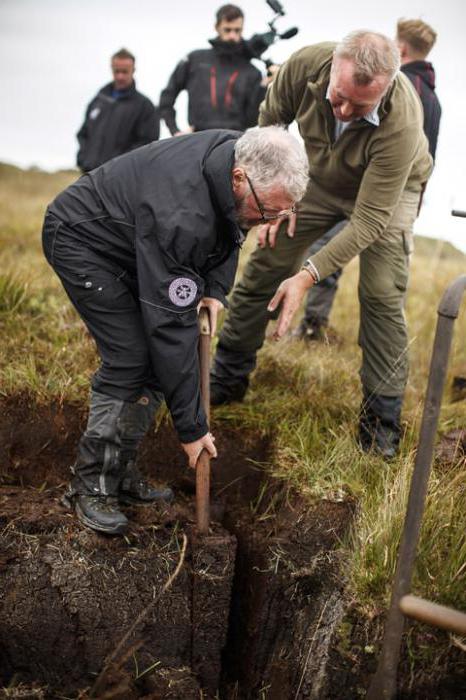
This material can also be refined by dry distillation in special peat-coking ovens. Distillation produces peat coke and tar by-products. They can serve as valuable raw materials for further processing. In particular, wax, phenols, paraffins and even acetic acid can be obtained.
Now you know how peat is formed and used, but these are far from all areas of its application. It can even be used as a packaging material. If processed to a powdery state, then it will become an excellent "packaging" for storing and transporting vegetables.
Peat types
Swamp substance is presented in garden centers in several varieties. I will tell you about the features of each so that you know which peat is best suited for your site.
Horse peat for the garden
The horse variety is an almost non-decomposed mass. You can tell it by its rusty brown color. Basically - marsh sedge, sphagnum moss, wild rosemary, cotton grass.
Sphagnum reddish peat has a high moisture content (up to 70%) and high porosity (up to 95%). Suitable for long-term use, since it does not lend itself to decomposition (at the micro level) for a rather long period.The long-fiber structure of the substance allows it to retain the components of the introduced mineral compositions for a long time. Fertilizers are not washed out, they continue to be in a form accessible to plantings.
High peat is appreciated for its lightness, low weight, looseness - the roots of plants are very comfortable in such conditions. Another advantage is excellent thermal insulation properties. High-moor peat does not shrink, does not cake into dense layers.
Differs in a large amount of organic matter, but a small amount of nutrients available to root systems. Horseback is not very popular due to its high acidity (pH 2.8-3.6). However, this quality makes it possible to use it, if necessary, to acidify the main substrate.
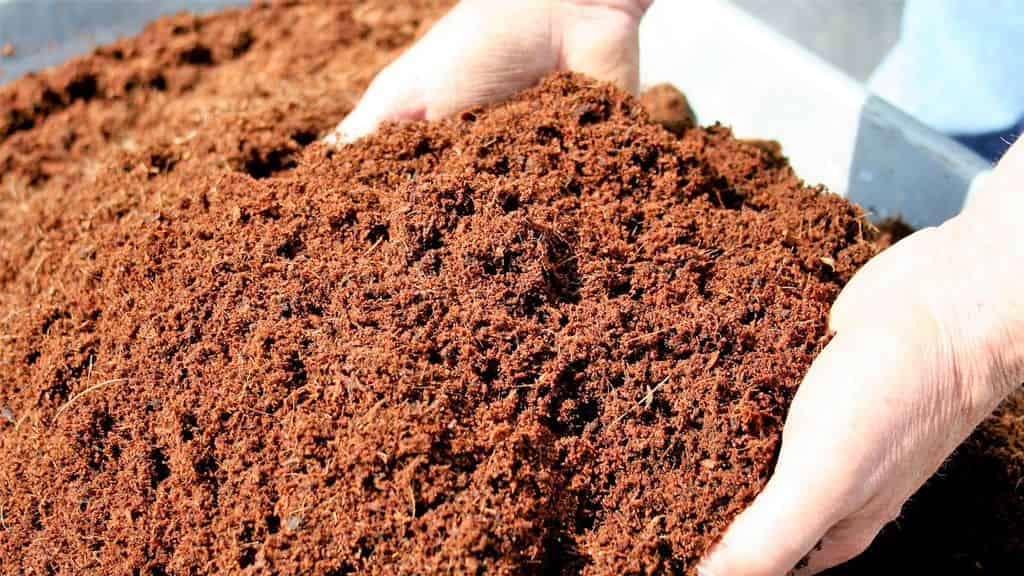

high-moor peat for the garden
The most common use is for winter shelter hydrangeas, azaleas, rhododendrons, a number of varieties of violets, garden strawberries, heather, sorrel. The rate of use is 1: 1 with sandy, clayey substrates. In the case of azaleas, rhododendrons and hydrangeas, you can additionally add 1 part of your own. It is laid with a high mound, and on top, for reliability, is covered with agrofibre to protect it from sunlight.
I use high-moor peat for seedling soil mixture. Many gardeners prepare a greenhouse substrate based on it. Guided by a simple instruction:
- I ventilate well, mix the peat mass until smooth.
- I add "dolomite" - 1 kg per 1 m 3. The optimum acidity is pH 5.5-6.5.
- I fertilize the mass with complex mineral dressings according to the attached instructions (up to 1-2 kg per 1 m 3).
- The substrate will “mature” for 1.5-2 weeks. During this time, remember to stir occasionally.
If you knead the greenhouse substrate according to these instructions, it will remain, as it grows, to feed the plantings planted in it with traditional fertilizers - compost, slurry, mineral complexes. As it becomes depleted and depleted, it is quite easy to remove such soil by the end of the season and replace it with fresh one.
I'll tell you about another little-known application of the riding type - for garden toilets. It not only absorbs liquid waste, but also perfectly neutralizes odors.
Low peat
Lowland type of peat - completely decomposed animals, plant remains. It stands out with a rich dark brown, almost black color. The substance is based on sedge, meadowsweet, hypnum moss, reed, horsetail, cinquefoil. The main characteristics of this type are:
- High level of degradation.
- By acidity - normal or slightly acidic.
- Rich in minerals (high calcium content), humic acids.
- High-moisture (up to 70%) mass: absorbs water well, but returns it poorly.
- Prone to flooding, caking, lump formation.
The amount of organic components in the mass of lowland peats is reduced, but they are valued for their higher (in comparison with high-moor peat) content of easily assimilated nutrients. The acidity indicators of such a substance are pH 4.7-6.
After purchase, I make sure to store low-lying peat in the fresh air for several days. This helps to "erode" elements harmful to planting from the substance. Then I use it in combination with mineral compounds to make compost. This mass significantly lightens heavy clay soils, making them breathable. Promotes binding of sandy substrate, retaining moisture in it.
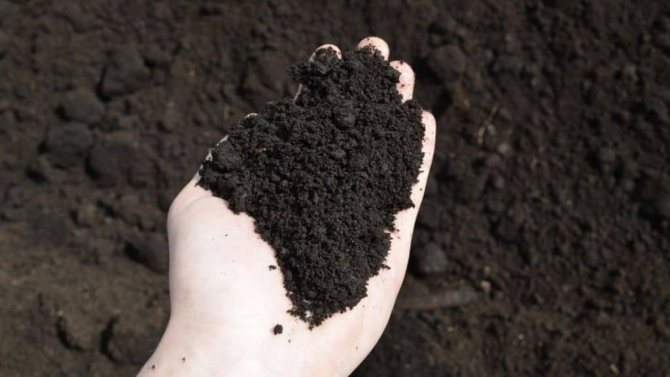

low-lying peat for the garden
It is the lowland that I use to cover lawn lawns. First, I "comb out" last year's grass, I bring in a nitrogen preparation. In conclusion, I sprinkle with a thin (up to 5 mm) layer.
If your site has sandy, clayey soil, I advise you to scatter low-lying peat as mulch. In the spring, I pull out all the weeds, prepare the beds, and plant seedlings or seeds. Then I mulch the plantation with a thin layer of peat.Such a litter is also good for perennials - I scatter the substance in the near-stem circles with a layer of 5-6 cm, without approaching the trunk.
Transitional
Transitional peat is an intermediate form between the above. They differ in degrees of decomposition:
- lowland - more than 40%;
- transitional: 25-40%;
- riding - less than 20%.
This type is useful for winter shelter of raspberries, grapes, roses, garden strawberries. It is also good as a mulch - the substance is scattered over the beds, near-stem circles. As it decomposes, it will also serve as food for plants.
Among the little-known uses of such peat is as a medium for autumn and winter storage of vegetables and root crops. In peat laying, I reliably preserve flower bulbs. If you keep birds, rabbits, you can use them as a cozy and disinfecting bedding for them.
Sour
When purchasing high-moor peat, keep in mind that it strongly acidifies the substrate. Therefore, I do not recommend taking it for the preparation of dressings. The only thing is that the horseback is ideal for plantings that need acidic or slightly acidified land for development:
- blueberry;
- potatoes;
- lingonberry;
- Erika;
- hydrangea;
- cranberry;
- heather;
- rhododendron and so on.
If you are going to grow such peculiar crops, be sure to add some sour peat into the hole when planting. And in the future, do not forget to mulch the plantings with this substance. I also use sour high-moor peat for composting.
Neutral
I often dwell on the purchase of lowland and transitional peat for the main reason - it is acid neutral. Such a substance can be safely used for fertilizers - it will not acidify the soil.
Like any type of peat, it is a combination of semi-decomposed organic matter. When used as a fertilizer, it does not change the fertile qualities of the earth, but transforms its structure - it makes it looser, airy, light.
Another quality of neutral peat is that it perfectly retains water and the nutrients it contains. Therefore, it is ideal for vegetable and berry plantings.
Peat as fertilizer for vegetables
I see a big plus of peat dressing in the fact that it is impossible to "over-fertilize" the soil with them. In any quantity, such a substance is safe for plants. It can be applied both in spring and autumn:
- Digging: 3-4 kg per 1 m2.
- For fertilization of perennial shrubs and trees: the mass is poured in a layer of 5-6 cm, focusing on the near-stem circle.
Pay attention to the following norms:
- For long-term cultivated land: up to 20-30 liters per 1 m2.
- For newly developed areas: up to 50-60 liters per 1 m2.
It is evenly distributed over the surface of the ridge, and then the site is dug up to an approximate depth of 10 cm. Peat fertilizers are especially useful in those parts of the garden, where an "impenetrable" earth crust is formed after major irrigation, heavy rain.
After the introduction of the substance, the soil gradually becomes granular, fine lumpy. It freely receives air necessary for the respiration of the root mass. Another feature of peat fertilizer is that it perfectly absorbs, retains atmospheric, groundwater. Moisture is used more productively, which makes it possible to reduce the frequency and volume of irrigation.
Tomatoes, potatoes, blueberries, sorrel, and strawberries respond especially positively to peat fertilizers. I apply top dressing in the spring - I mix in equal parts with last year's manure, I fall asleep in the hole. I simply cover the strawberry bushes with a thin layer of substance.
Output
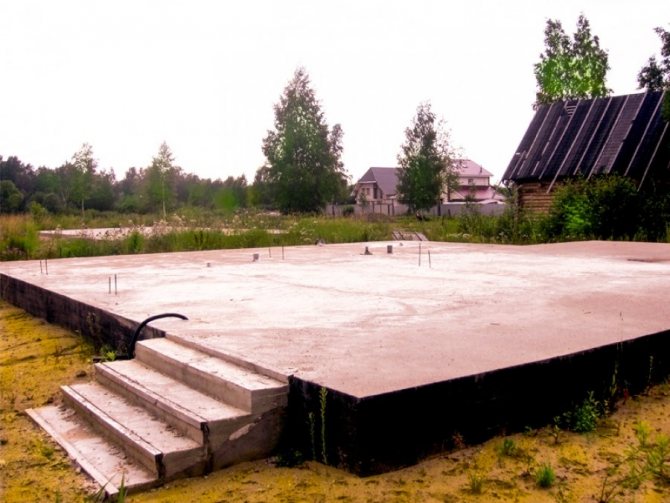

Slab foundation on peat soil
We learned what peat and peat soil are, how interesting and rich in various components, useful elements and substances the earth is. How it is useful for various industrial and agricultural areas.
And most importantly, for ordinary people, how well peat soil can help in growing a large yield of vegetables and herbs, as well as for stunning multi-colored flower beds, flower beds and home flowers and plants.
Peat-based compost
I'm already used to making useful peat compost of simple composition every year:
- peat;
- sawdust;
- plant remains;
- ash;
- manure;
- weeds;
- food waste;
- wood shavings, etc.
I arrange this business very simply:
- I select a site about 2x2 m away from the house, lining it with dense polyethylene.
- I lay a layer of peat 30 cm thick.
- Then - 10 cm of sawdust.
- I mix plant residues with garden soil - this is the next layer (20 cm).
- Then I put on the "sandwich" a 20-centimeter layer of any manure - cow, horse, bird droppings.
- You can continue to form a "sandwich" - again apply layers of peat, sawdust, vegetable waste manure several more times. But I do not recommend making a pile higher than 1.5 m.
- To provide a comfortable climate for the decomposition of the mass, I cover the "sandwich" on the sides with either the same peat or ordinary garden soil.
- I cover the pile with another piece of strong polyethylene, leaving it to “ripen” for 1-1.5 years.
- When preparing compost, I periodically water the heap with a superphosphate solution (100 g per 10 L of water).
You can make a peat compost mass without layers of manure. But in this case, follow the recommendations:
- Water periodically with slurry (5 kg mullein per 10 liters of water). It can be replaced with a poultry manure solution. For fresh mass - 0.5 kg of dry mass per 10 liters of water, for last year's - 2 kg per 10 liters of water.
- Be sure to turn the pile upside down at least 2-3 times a year. For uniform "maturation" it is necessary that the upper and lower layers swap places several times.
For any type of cooking, protect the mass from the sun's rays - I am building a light-tight canopy. For the winter I fall asleep a bunch of dry foliage, spruce, garden soil, high peat or mulch material. If you have the opportunity to come to the garden in winter, build a "fur coat" of snow for the peat compost.
According to all the rules, the prepared fertilizer will not be inferior in its properties to manure. If you do not freeze, do not overdry such compost, you will receive the most valuable natural fertilizer. I use it simply, no frills:
- I spread it in an even layer over the area for digging.
- I pour it into the circumference of the perennial plantings.
The consumption rate is much lower than that of manure: no more than 1-2 kg per 1 m2. It is explained by the fact that peat compost is more nutritious, contains more useful components in an easily accessible form for planting.
Peat mulching
Don't forget peat is an excellent mulching mass. He is excellent "friends" with any type of soil. The best for mulch is high moor peat. He has a more pronounced fibrous structure, high moisture capacity. It decomposes for a long time, is not washed out with irrigation and precipitation into the ground.
High-moor peat mulch also has good thermal insulation properties - the root system will not freeze in cold weather and suffer from overheating in hot summer. But take into account the nuance of such mulch - high acidity (pH 2.5-3).
To remove this feature, I neutralize the substance in simple ways (for 10 kg of peat):
- 0.5 kg of dolomite flour;
- 1-2 kg of ash;
- 0.5 kg of lime.
Mulch can be simply scattered in a layer of 4-6 cm over the near-trunk circles. But with this method, the effect of it will be temporary - the peat will quickly dry out under the influence of the hot summer air. In a dry state, it can no longer retain moisture, it loses its nutritional properties. Since it is a fairly light substance, it is quickly carried by the wind throughout the entire area.
Therefore, I use a little trick - I spread the peat mass in early spring on wet ground. This allows the natural material to quickly absorb moisture, making it "heavy".As soon as the hot days begin, I carefully embed the peat in the ground - I dig up a shovel half-bayonet. This allows him to continue to "work" as a mulch.
The benefits of peat for the garden
Summing up, I will outline the main advantages in gardening and horticultural practice:
- Makes the soil porous, lightweight, water and breathable.
- It goes well with mineral, organic fertilizers, prevents them from being washed out of barren, depleted lands.
- Natural antiseptic in which pathogenic bacteria and fungi do not take root.
- Promotes an increase in the humus layer - improves the fertile characteristics of the land.
- Used as mulch, it prevents the formation of dense earth crusts.
- In moderation (if necessary), it can slightly increase the acidity of the substrate.
- Quickly absorbs excess water from the soil. Such hygroscopic features make it possible to increase the moisture holding capacity of the earth.
- It has excellent thermal insulation properties.
There are not so many disadvantages of peat:
- Can inhibit plant development if combined with low quality fertilizers.
- High peat contributes to soil acidification without neutralization with lime, ash, dolomite flour.
- Practically useless on loose and fertile soil - plants absorb no more than 5% of useful components from the peat mass.
To make the use of the site as useful as possible, do not forget about simple rules:
- The amount of the peat component in the soil mixture should not exceed 70%.
- For the best effect, be sure to mix peat with compost, manure, sand or mineral fertilizers.
- Use low-lying peat. Horse riding is useful only for certain crops. For other plants, it must first be neutralized.
- Only use peat on heavy clay or sandy substrates.
Now you know what exactly peat is useful for the gardener, what kind of this substance is needed for your site. There are many applications for it - fertilizer, mulch, basis for compost, natural disinfectant, mass for storing crops and seeds.
Classification
When developing the classification of this natural resource, its origin from a specific group of plants was taken into account. Each type (lowland, transitional, and high-moor peat) is subdivided into subtypes: forest, marsh, and forest-marsh. The latter, in turn, are divided into species depending on the prevailing organic residues (mossy, grassy and woody).
In the mechanisms of the formation of the peat layer, an important role is played by groupings of plants, which in the process of evolution form a variety of combinations called phytocenoses. Their formation is influenced by many factors, including soil moisture and relief. What else is the difference between high and low peat? There is also a difference in the way of mineral nutrition.
